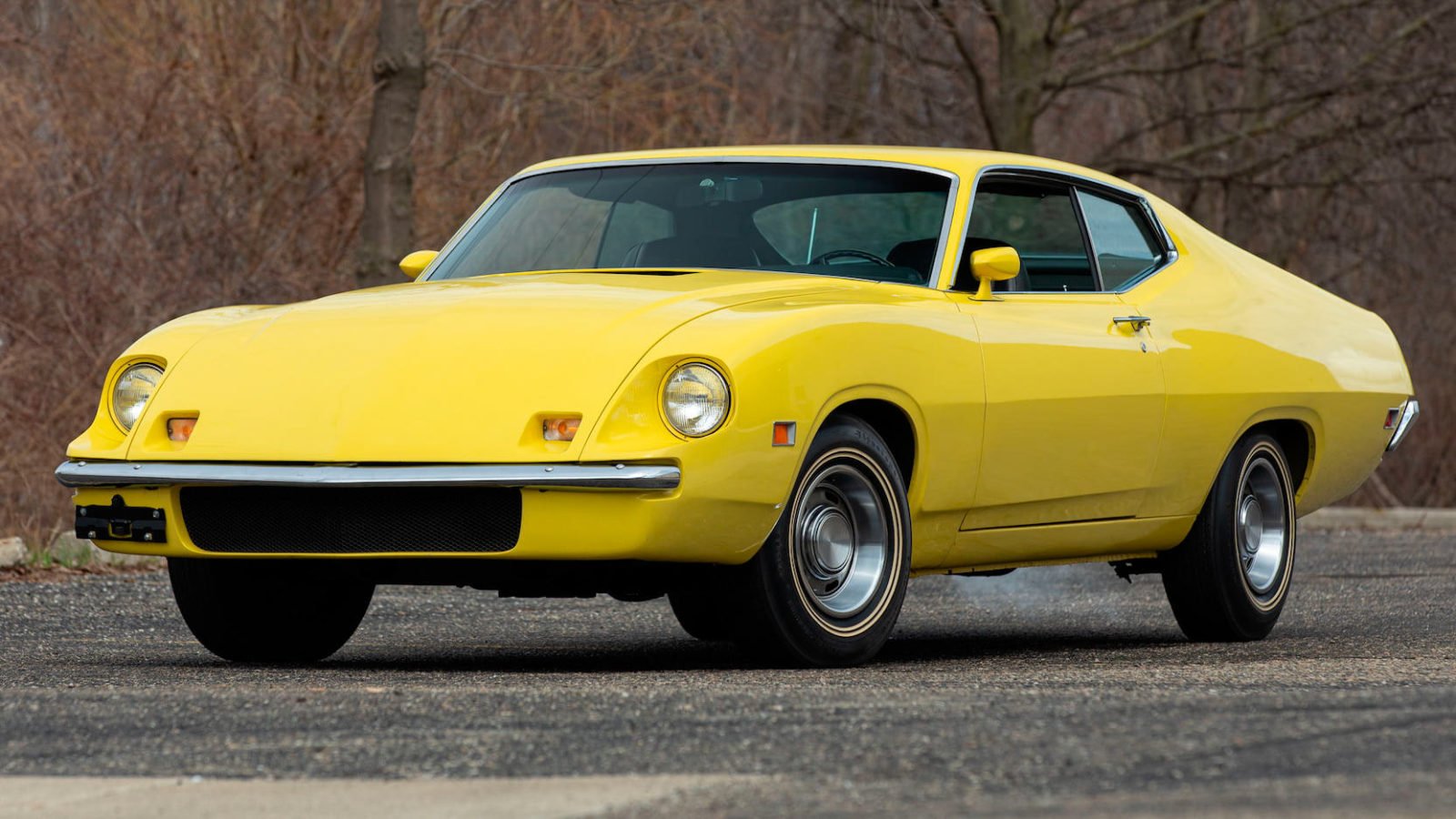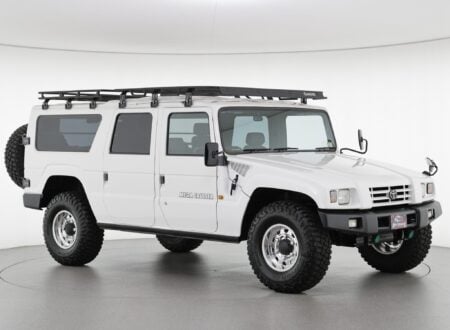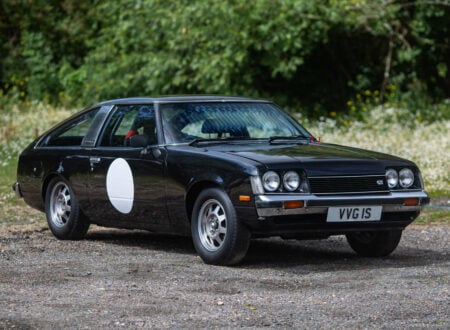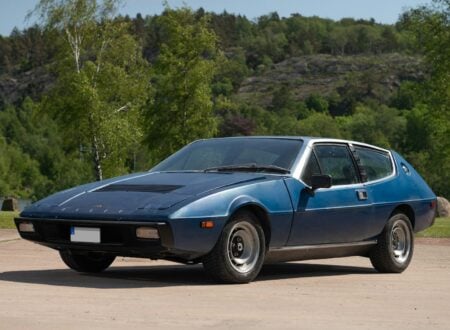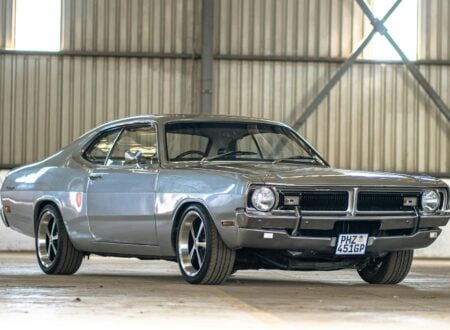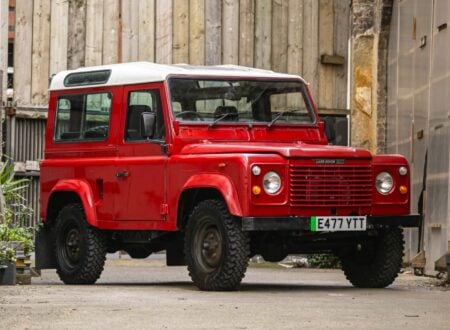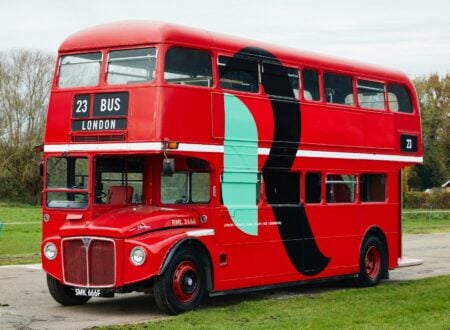The Ford Torino King Cobra was developed in secrecy with a single goal in mind – to beat the Dodge Charger Daytona and Plymouth Superbird, two cars that were threatening to dominate NASCAR competition.
In the late 1960s the world of NASCAR had begun to take aerodynamics seriously – the cars were approaching 200 mph on some banked circuits and the only viable way to get them to go any faster was to make them more slippery.
Fast Facts – The Ford Torino King Cobra
- Just three prototypes of the Ford Torino King Cobra were built, none of which ever entered a NASCAR race as the project was cancelled before the cars were ready.
- The Torino King Cobra was a direct answer to the Dodge Charger Daytona and Plymouth Superbird, highly aerodynamic cars that had left Ford in the dust in NASCAR Grand National competition.
- A team headed up by Larry Shinoda was formed to create an aerodynamic, homologated race car that could beat the Charger Daytona and Superbird, returning Ford to the top step of the podium.
- According to period reports, the Ford Torino King Cobra was capable of over 200 mph on long banked circuits, but the lack of a rear wing meant the back of the car would lift. The project was ended before this issue could be rectified.
The NASCAR 200 MPH Barrier
Aerodynamics is a science that was largely ignored by NASCAR teams for many years, until the arrival of the Ford Torino Talladega in 1968 which included a slew of aero modifications to allow higher top speeds.
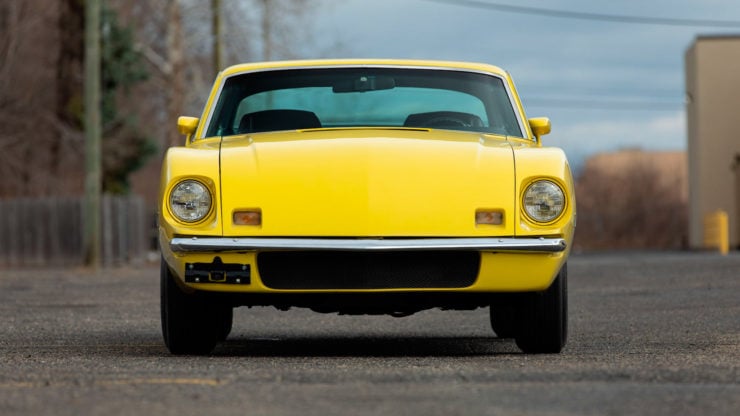

This triggered an aerodynamics arms race and resulted in the creation of the Dodge Charger Daytona in 1969 and the Plymouth Superbird in 1970 – both wild creations with long low front ends and high “goal post” wings in the rear.
Working together these aerodynamic changes allowed the cars to exceed 200 mph for the first time and to remain attached to the asphalt when they did.
The Ford Torino King Cobra
Ford executives realized they needed to do something drastic to reclaim their advantage in NASCAR Grand National competition, they formed a team headed by Larry Shinoda and including Jacques Passino, Ed Hall, Bill Shannon, and Dick Petit.
For homologation purposes they decided to base the project on the 1970 Ford Torino. Many of the changes that were made to the car were confined to the bodywork, and they were clearly influenced by the designs of the Charger Daytona and Superbird.
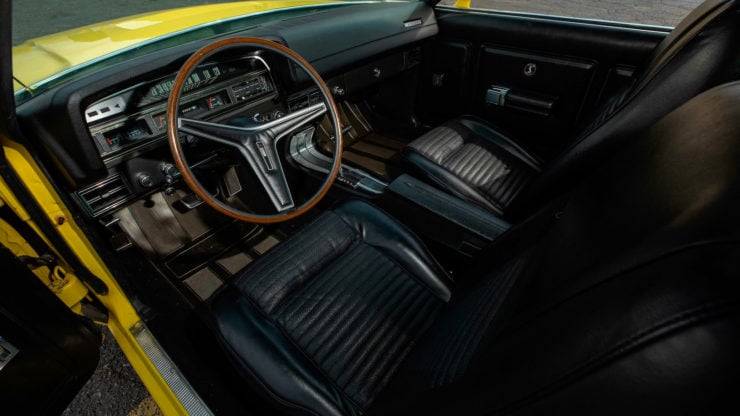

An entirely new front end was developed from the A-pillar forwards – a smooth sloping nose with a bottom breather design that allowed ample cooling air to be channeled into the radiator for cooling.
Further modifications were made to fit the prodigious 429 cubic inch Ford V8 into the engine bay, this would be mated to either a 4-speed manual or an automatic transmission.
The No Wing Decision
It’s not known exactly why the team didn’t add a rear wing to the car, whether they thought it wouldn’t need it, or that it might create unnecessary drag at high speeds, but it’s an omission that was felt by the first person to drive the car at speed.
The front end of the car was effective at both providing front downforce and reducing drag, in fact if anything it perhaps produced too much downforce – causing the rear of the car to lift and become dangerously light at speeds approaching 200 mph.
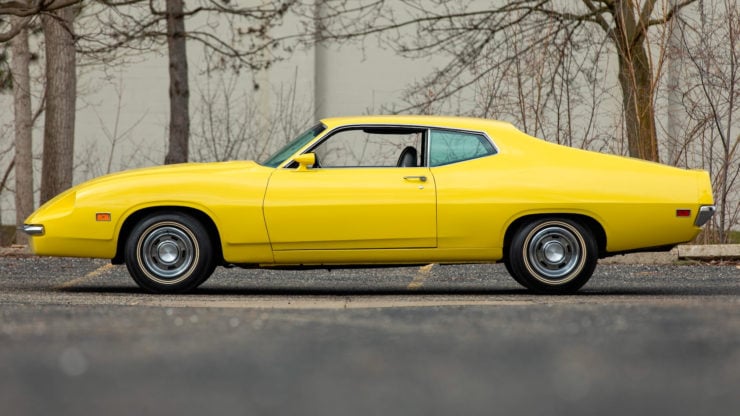

Before a wing could be designed and tested the Ford Torino King Cobra was cancelled. Many reasons have been given for this, but perhaps the most likely is that a rule change meant that manufacturers would need to produce 3,000 homologation road cars – up from the original number of just 500.
As it stood, just three prototypes were built in total, one with the Boss 429 engine, one had the 429 Super Cobra Jet engine, and one had the 429 Cobra Jet.
The values of these prototypes has been increasing in recent years, they’re now rapidly approaching a valuation of half a million dollars each.
The 1970 Ford Torino King Cobra Shown Here
The Ford Torino King Cobra you see here is notable for a number of reasons, not the least of which is that it only has 837 miles on the odometer, it’s the only King Cobra with a production Torino VIN, and it was formerly owned by Bud Moore, Jacky Jones, and Brett Torino.
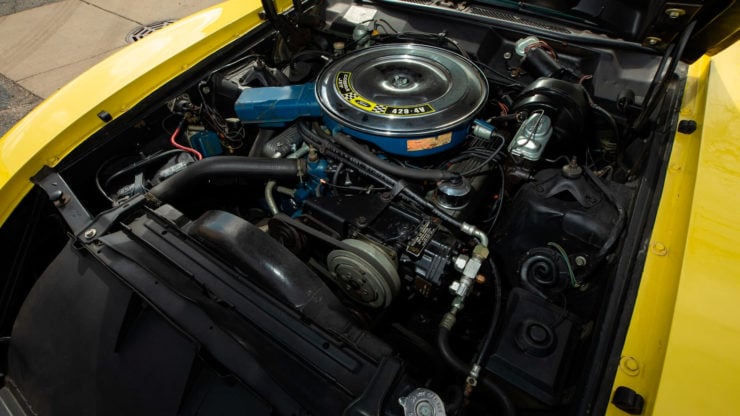

Power is provided by a 429 cubic inch 370 bhp Cobra Jet V8 mated to an automatic transmission. Inside the car you’ll find factory-fitted air conditioning, power steering, power brakes, and power windows.
It has high-back bucket seats, a center console with a floor shifter, and a unique Cobra-branded emblem on the right side of the dashboard.
It also comes with a Marti Report, South Carolina inspection receipts documenting the mileage, the owner’s manual and owner card, and the door jamb has been autographed by Bud Moore.
The car is now due to cross the auction block with Mecum in mid-May with a price guide of $400,000 – $500,000 USD. If you’d like to read more about it or register to bid you can see the listing here.
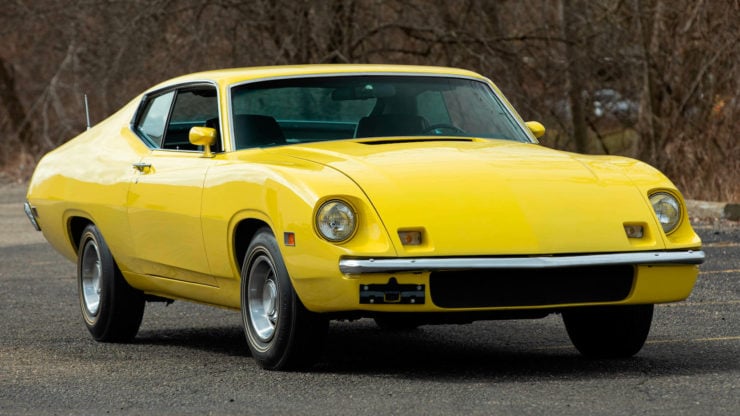
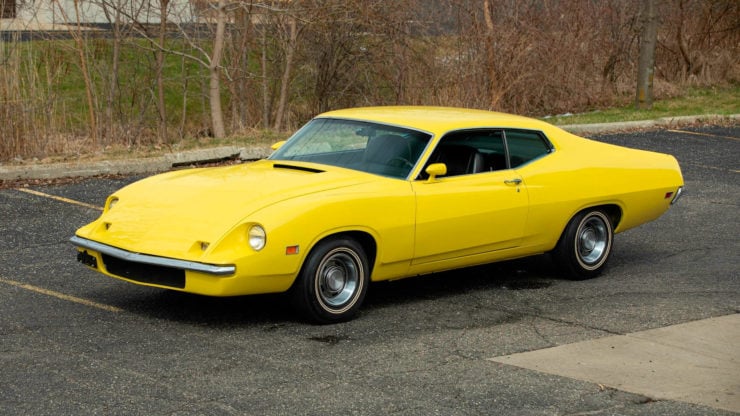
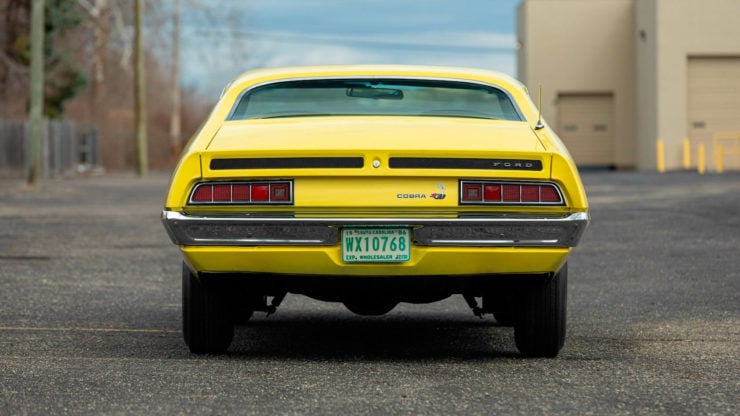
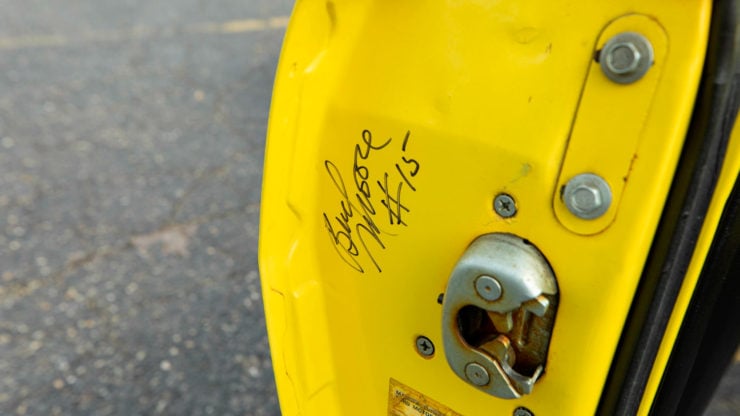
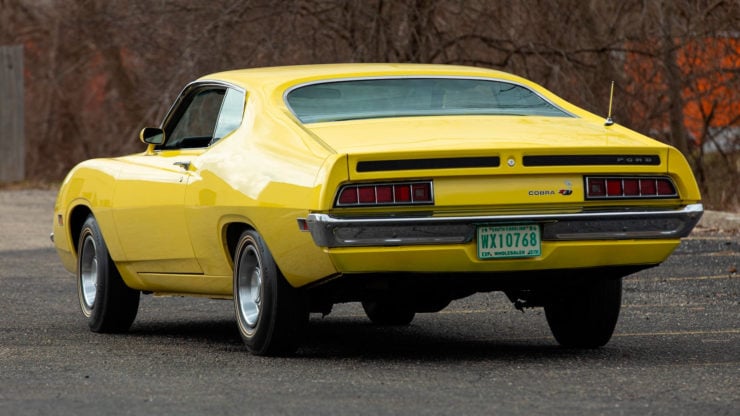
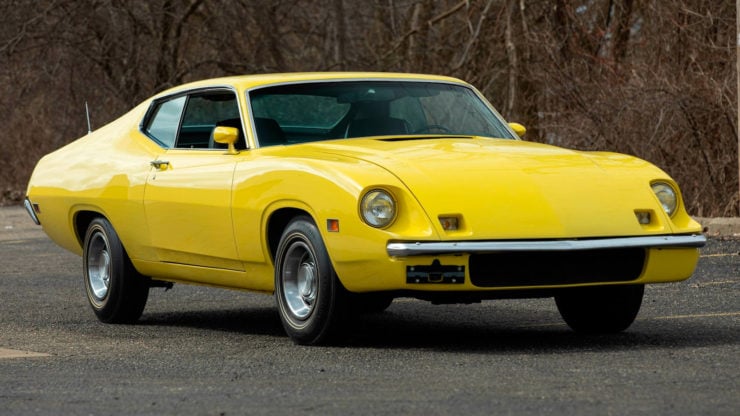
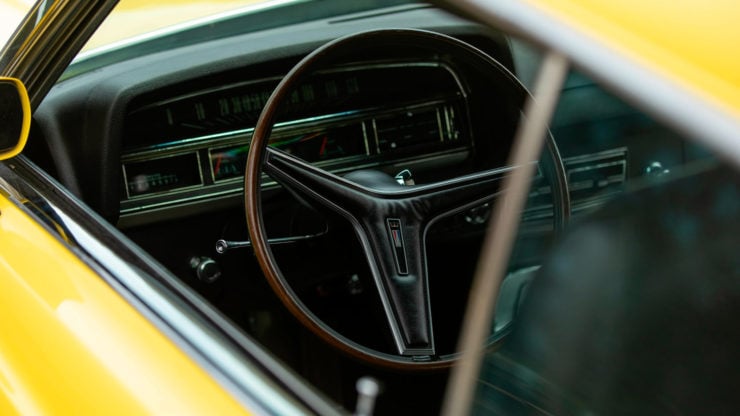
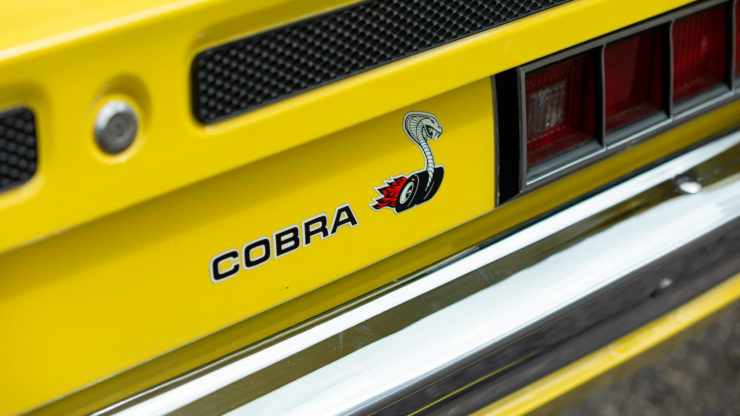
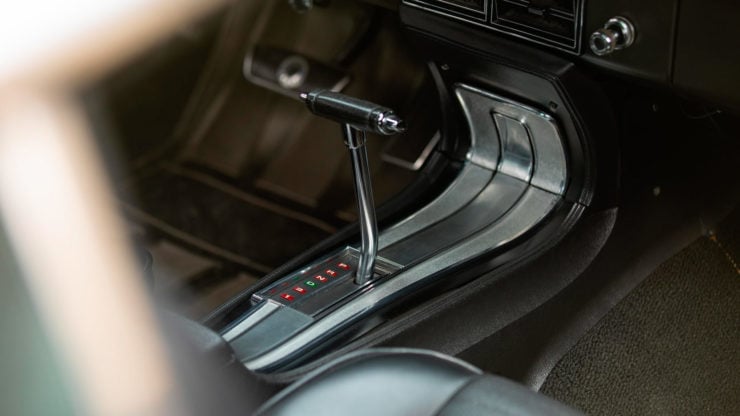
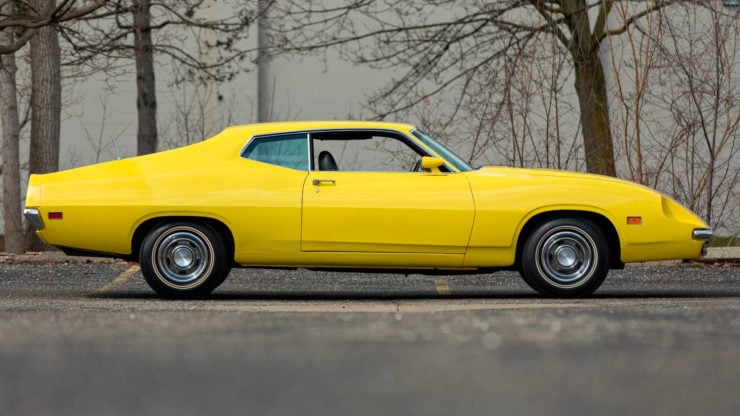
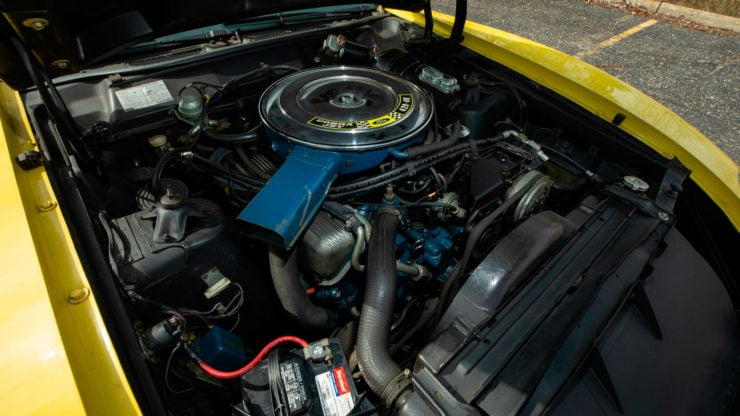
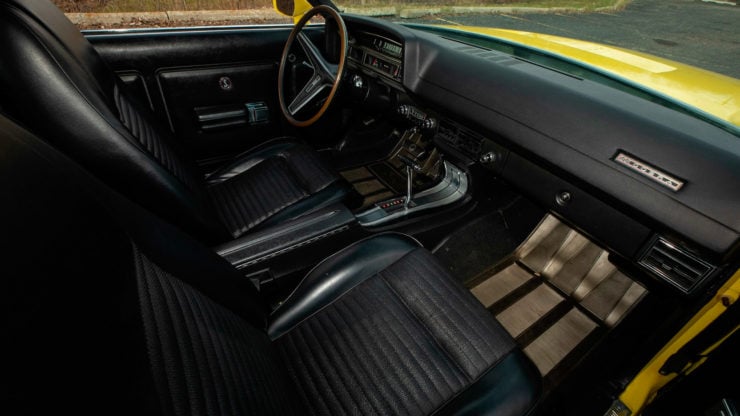
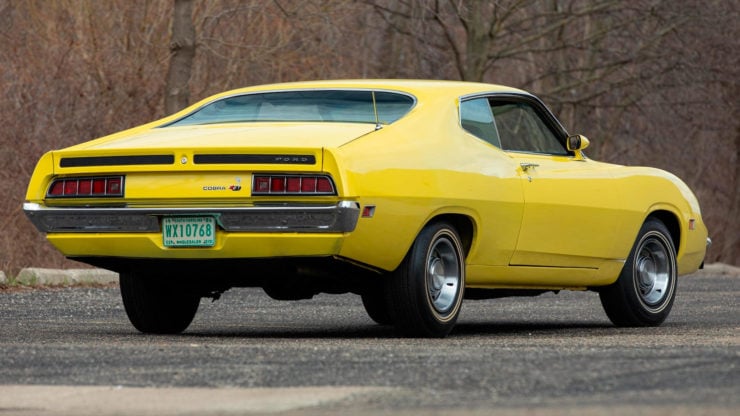
Images courtesy of Mecum

Articles that Ben has written have been covered on CNN, Popular Mechanics, Smithsonian Magazine, Road & Track Magazine, the official Pinterest blog, the official eBay Motors blog, BuzzFeed, Autoweek Magazine, Wired Magazine, Autoblog, Gear Patrol, Jalopnik, The Verge, and many more.
Silodrome was founded by Ben back in 2010, in the years since the site has grown to become a world leader in the alternative and vintage motoring sector, with well over a million monthly readers from around the world and many hundreds of thousands of followers on social media.

